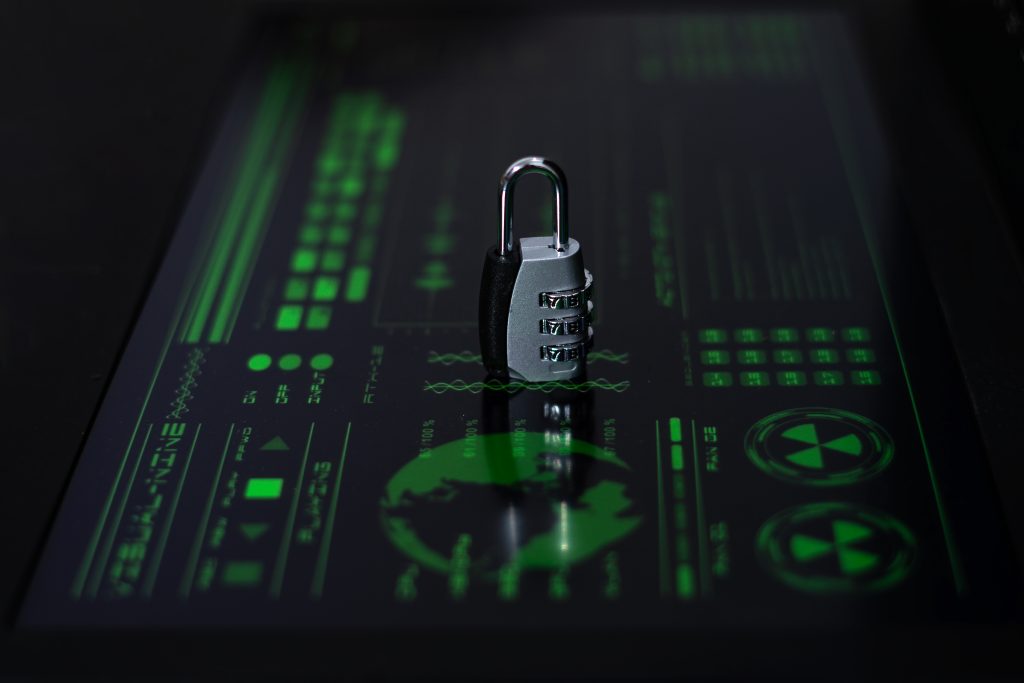In 2025, achieving a seamless UI/UX design while prioritizing cybersecurity is critical for building trust and delivering exceptional user experiences. A well-designed interface must be both intuitive and secure, ensuring users feel safe without sacrificing usability. This blog explores how cybersecurity in UX and thoughtful design can complement each other, offering strategies to create balanced, user-centric digital experiences.
Why Cybersecurity and UI/UX Must Work Together
A great user experience hinges on trust, and trust requires security. Poor cybersecurity, like weak authentication, can frustrate users, while overly complex security measures can disrupt usability. Integrating secure UI/UX design ensures safety without compromising user satisfaction. Are your designs striking the right balance between security and ease of use?
The Role of Secure Design in User Trust
Secure design elements, like clear password prompts or biometric authentication, reassure users their data is protected. Transparent privacy notices and intuitive security features enhance user trust in design. For example, a fintech app with seamless two-factor authentication (2FA) feels both safe and user-friendly. How are you embedding security into your UX to build confidence?
Strategies for Balancing Cybersecurity and UI/UX
To create a harmonious balance, adopt these five strategies:
- Simplify Authentication: Use biometrics or single sign-on for secure, seamless access.
- Communicate Security Clearly: Display lock icons or security badges to reassure users.
- Design for Transparency: Explain data usage with concise, user-friendly copy.
- Minimize Friction: Streamline security steps to avoid overwhelming users.
- Test Security and Usability: Conduct user testing to ensure both are optimized.
These UI/UX best practices enhance cybersecurity in design and user engagement. Which strategy can you implement today?
Challenges in Integrating Security with UX
Balancing cybersecurity and UX isn’t easy. Complex security protocols can disrupt flows, while oversimplified designs may expose vulnerabilities. Accessibility and global compliance also pose challenges. By addressing these UI/UX design challenges, designers can create secure, inclusive experiences. Are your designs navigating these trade-offs effectively?
Tools to Support Secure UI/UX Design
Leverage these tools to build secure, user-friendly interfaces:
- Figma: Collaborate on secure, visually appealing designs.
- Auth0: Implement robust authentication with ease.
- Hotjar: Analyze user behavior to optimize secure interactions.
- Snyk: Scan for vulnerabilities during development.
These UI/UX design tools align with secure design trends 2025, ensuring efficiency. Which tool fits your workflow?
The Future of Secure UI/UX in 2025
In 2025, UI/UX trends will emphasize AI-driven security, zero-trust architectures, and adaptive interfaces. Designers must ask: How can we innovate while keeping users safe? By integrating cybersecurity in UX design with user-centered design principles, brands can deliver experiences that are both secure and delightful, fostering long-term trust and loyalty.



